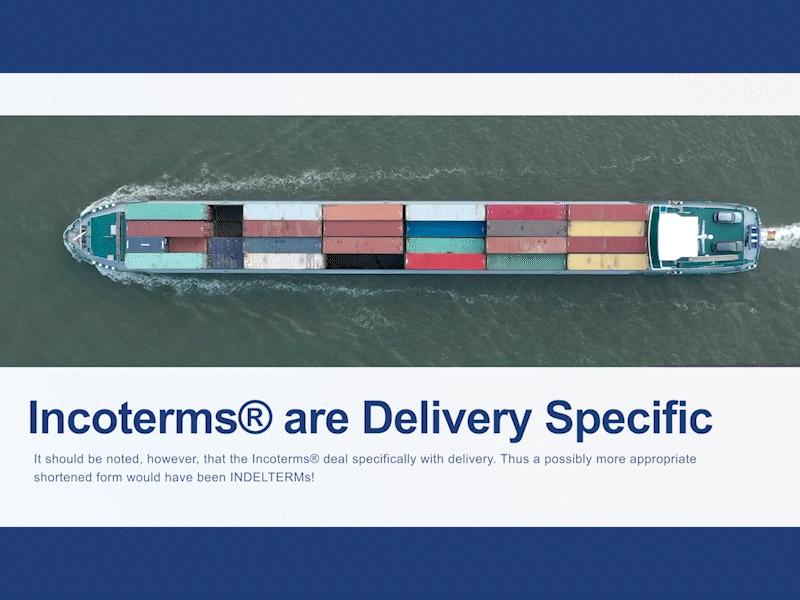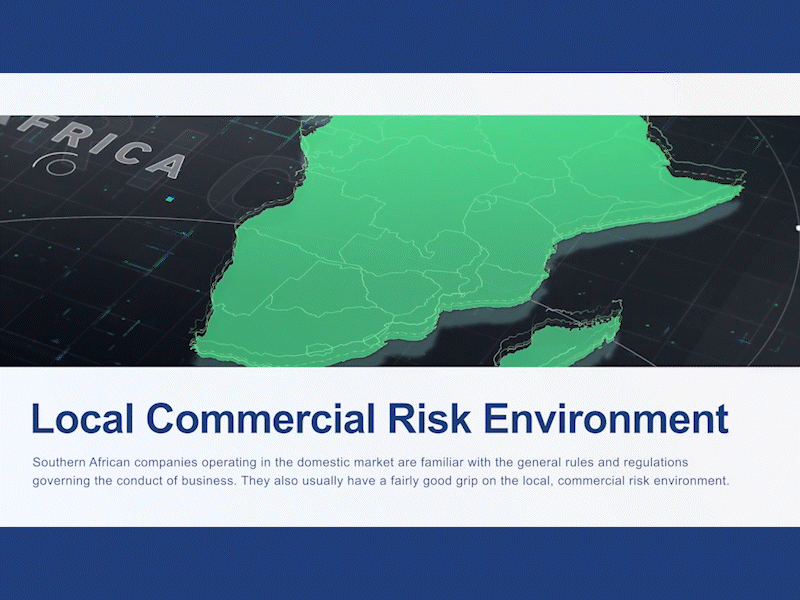As we discussed in our ‘Incoterms explained‘ article, Incoterms® are usually displayed in an abbreviated form referred to as their international code. There are four Incoterms® groupings, with the first letter of the designated international code indicating the category to which each term belongs. The Incoterms® groupings are E, F, C or D terms. In this article, we take a look at some of the characteristics of each category.

Category ‘E’ Incoterms®
The only ‘E’ term is Ex Works (EXW). The Incoterm® Ex Works has the least risk, costs, and responsibility for the seller. Under EXW, the exporter would have to place the goods (not cleared for export) at the buyer’s disposal at the exporter’s premises or another named place, i.e., a specified branch or a warehouse.
Category ‘F’ Incoterms®
Under the ‘F’ category Incoterms®, i.e. FCA, FAS and FOB, the seller must hand over the goods to a nominated carrier. Once goods are delivered to the carrier, the seller’s risks, costs and responsibilities end. Under FCA, FAS and FOB, the seller does not pay the costs of the main transport leg. The decision on whether FCA, FAS, or FOB is appropriate will depend on exactly where and how the goods are to be handed over to the carrier and whether or not they are to be containerised.
Category ‘C’ Incoterms®
Under the ‘C’ category Incoterms®, i.e. CFR, CIF, CIP and CPT, the seller’s costs extend beyond the point at which risk transfers from the seller to the buyer. For example, under CIF, the seller’s risk ends once goods are placed on board the ship, however, their costs and responsibilities extend to the named port of destination. Thus, the ‘C’ category Incoterms® have two critical points: one which applies to the transfer of risk and another which applies to the transfer of costs. Cargo insurance is only a requirement under CIF and CIP.

Category ‘D’ Incoterms®
Under the ‘D’ category Incoterms®, i.e., DAP, DPU and DDP, the seller’s costs and risks extend to a specified destination. ‘D’ category Incoterms® have the most risk, costs and responsibilities for the seller.
There are numerous nuances and essential factors to consider when working with Incoterms®, too many to summarise in a single article! Trade Forward Southern Africa, in collaboration with the International Trade Institute of Southern Africa, has created a free and comprehensive online training course that provides training on all aspects of Incoterms®, including understanding the critical points of FOB, CIF and CFR. Click the links below to sign up for free and get started.
To sign up to the School of Export CLICK HERE.
If you already have a profile, CLICK HERE to login to begin the module.










Incoterms isn’t easy to understand… thanks for shedding some light on it
Love this article!!
I’ve been looking for this information for a while, this article was very clear and helpful thank you.
yay!